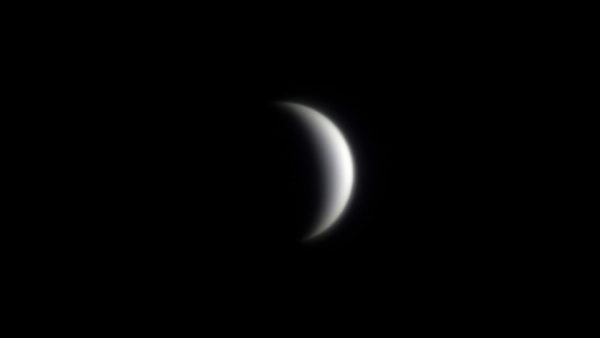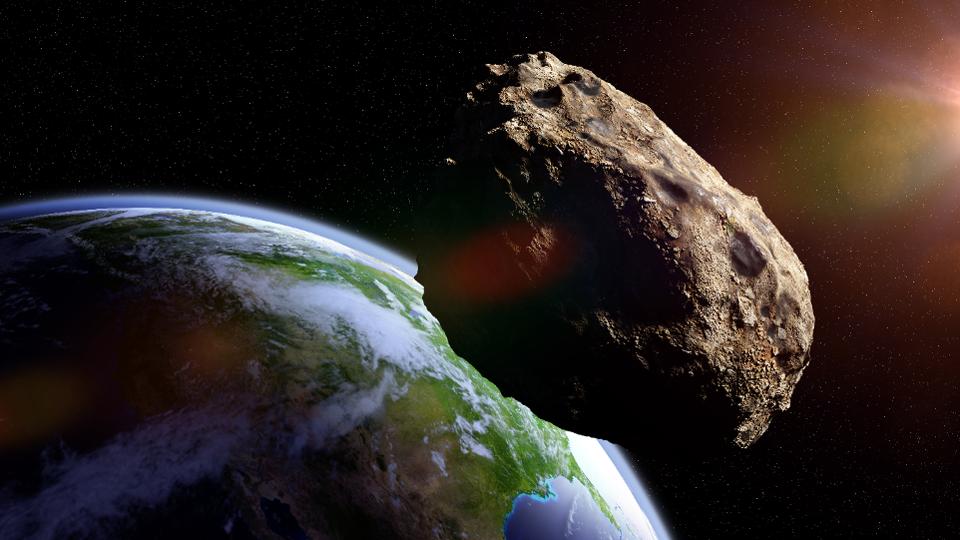A ‘Potentially Hazardous’ Asteroid Visits, Venus Shines At Its Brightest: The Night Sky This Week – Forbes
Each Monday I pick out the northern hemisphere’s celestial highlights for the week ahead, but be sure to check my main feed for more in-depth articles on stargazing, eclipses and astronomy.

Venus will be just 27% illuminated this week, but despite that its brightness will be an incredible … [+] sight.
Tom Kerss
Monday, April 27, 2020: Venus at peak brightness
It’s been a dazzling sight for all of 2020 so far, and tonight Venus will reach its peak brightness of magnitude -4.7. “Since it is coming between us and the Sun, it’s showing us more of its night side, becoming a mesmerizing crescent shape in telescopes,” says Tom Kerss, a British astronomy and science communicator who hosts the weekly Star Signs: Go Stargazing! podcast. “Even a small telescope will reveal Venus to be shaped like a tiny crescent moon.” The phenomenon is nothing less than the original observational proof that the planets orbit the Sun and not the Earth.
Tonight it will be 27% illuminated, but despite that, its brightness will be an incredible sight. “It’ll continue to be dazzling in the west after sunset for the next month, so it’s a great time to look out for our nearest planetary neighbour,” says Kerss. Look west after sunset to see Venus at its very best, and if you have a small telescope of a big pair of binoculars, use them! Venus is quickly dipping as it moves rapidly towards the Sun from our point of view; it will be completely invisible by the end of May.
Wednesday, April 29, 2020: A huge asteroid will safely pass Earth
Ever heard of Asteroid (52768) 1998 OR2? A rocky near-Earth object a whopping 2.5 miles across will tonight come “perilously” close to Earth. It’s one of the brightest and largest potentially hazardous asteroids out there. The good news is that it will not strike Earth, instead passing 3.7 million miles/6 million km from Earth. Phew!

Asteroid (52768) 1998 OR2 will pass safely this week.
Getty
Friday, May 1, 2020: May Day
Today is “May Day,” a traditional spring celebration in the northern hemisphere, but it’s also got an astronomical significance as a “cross-quarter day” for our planet. Such days—which also include “Groundhog Day”—are halfway between the solstices and equinoxes; since the solstice is the “peak” of summer in the northern hemisphere, it makes sense that from May Day through August 1 (the next cross-quarter day) is often viewed as the season of summer.
Friday, May 1, 2020: Regulus near the Moon
Look high in the southeastern night sky this evening to see the constellation of Regulus, Leo’s brightest star and one of the night sky’s brightest, shine to the lower left of the waxing gibbous Moon. It’s a quadruple star system about 79 light years from the Sun.
Wishing you clear skies and wide eyes.






